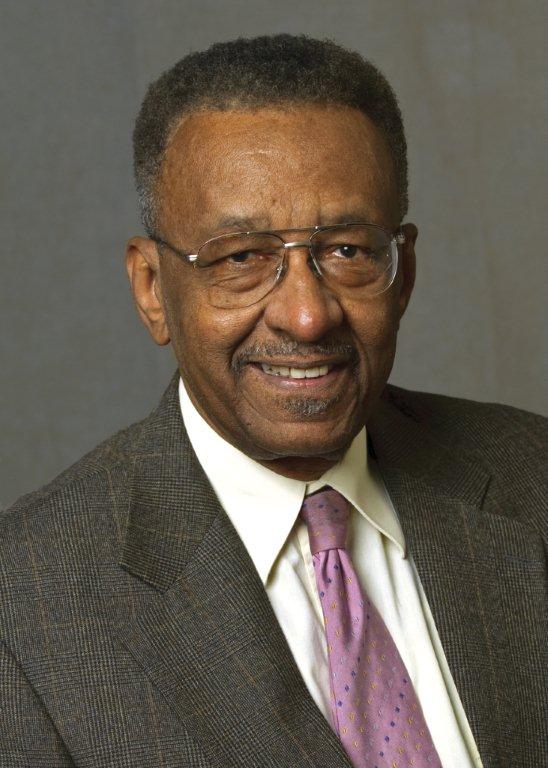Drs. Abigail and Stephan Thernstrom’s new book “No Excuses: Closing the Racial Gap in Learning” shows that the government education whites receive is nothing to write home about, but for blacks, it’s no less than a disgraceful disaster.
According to National Assessment of Educational Progress (NAEP) findings, only in writing do less than 40 percent of black high school students test “below basic.” NAEP defines below basic as being unable to demonstrate even “partial mastery of prerequisite knowledge and skills that are fundamental for proficient work” at their grade. In math, 70 percent and, in science, 75 percent of black students score below basic.
Black high school graduates perform a little worse than white eighth-graders in both reading and U.S. history, and a lot worse in math and geography. The Thernstroms report, “In math and geography, indeed, they know no more than whites in the seventh grade.” Finally, the Thernstroms conclude, “The employer hiring the typical black high school graduate (or the college that admits the average black student) is, in effect, choosing a youngster who has made it only through the eighth grade.”
University of Dayton Law School Professor Vernellia R. Randall has an essay on her Web site titled “LSAT Discrimination and Minorities.” The LSAT is an admissions test used at most law schools; a student can score between 120 and 180. Criticizing the use of the LSAT as an admissions criteria, Professor Randall says, “For example, based on a LSAT cut-off of 145, over 60 percent of black applicants will be presumptively denied, but only 20 percent of white applicants will be presumptively denied.” This, according to Professor Randall, is racial discrimination. It turns out that at top law schools such as University of Chicago, Yale and Harvard, even if a student scored 165 (better than 85 percent of test-takers) and had a GPA of 3.9, there’s no guarantee of admission. At these law schools, the lowest LSAT scores and GPAs are 168 and 3.5, and their highs are 174 and 3.9 respectively.
Let’s connect the dots between the Thernstroms’ evidence and Randall’s complaint. The typical black student enters college well behind the typical white student. This is partially evidenced by the 2002 average SAT scores of black students (857) compared to white students (1060), a 200-point difference. The grossly poor 12 years of primary and secondary education that black students receive is not likely to be made up in four or five years of college, if ever. Therefore, no one should be surprised by poor black performance on graduate admissions tests such as LSAT, GRE and MCAT.
What makes the catch-up even more unlikely is the soft bigotry of low expectations and affirmative-action grading by white liberal professors and the selection by black students of touchy-feely curricula such as black studies, women’s studies, multicultural studies, education, and other curricula of little academic content and challenge.
There’s no question that black students can compete academically, but they face a perverse set of incentives. First, racial preferences in college admissions reduce the incentive to work as hard as they might in high school. The fact that colleges have race preferences in admissions helps conceal fraud at the government schools that confer diplomas attesting that a student is proficient at the 12th grade when in fact he might not be proficient at the eighth, ninth or 10th grade.
The irony and tragedy of this story is that the primary victims of fraudulent education give their allegiance to politicians and civil rights organizations who’ve become handmaidens of the education establishment and fight against any measure that threatens accountability, competition and alternatives to government schools.
